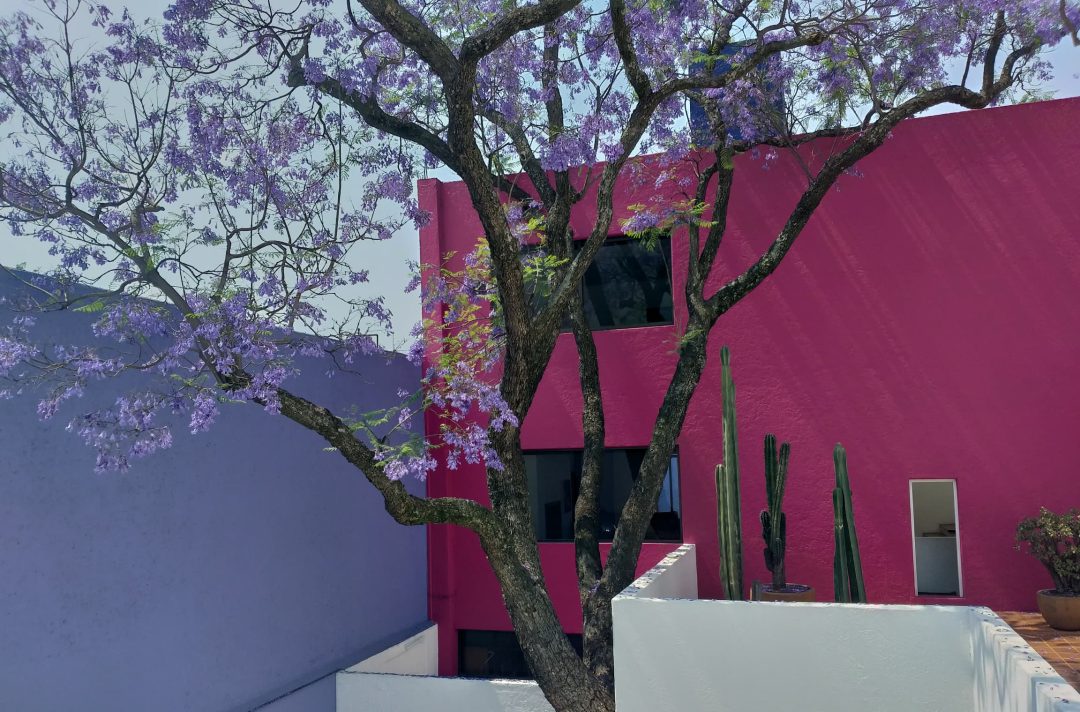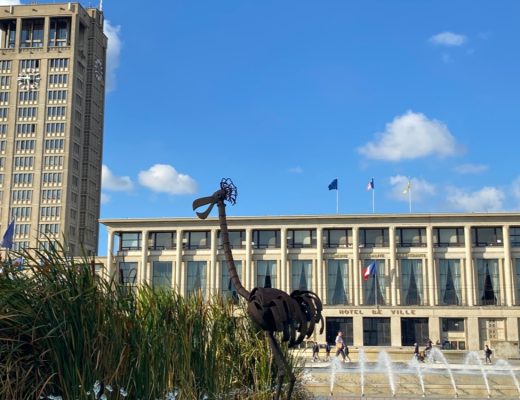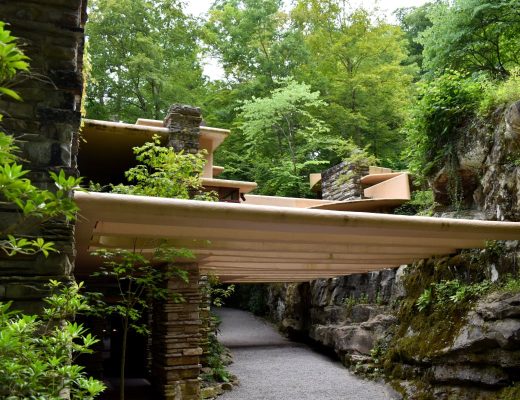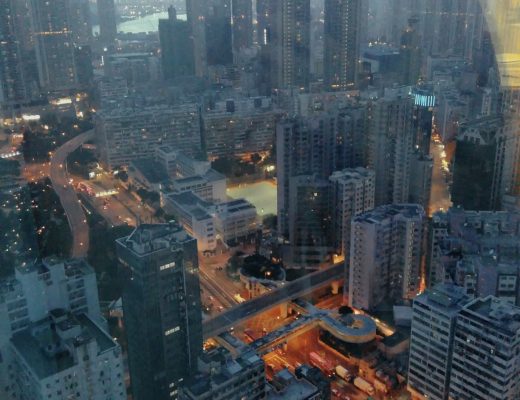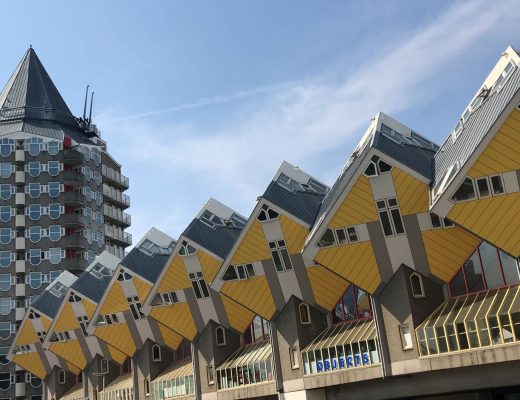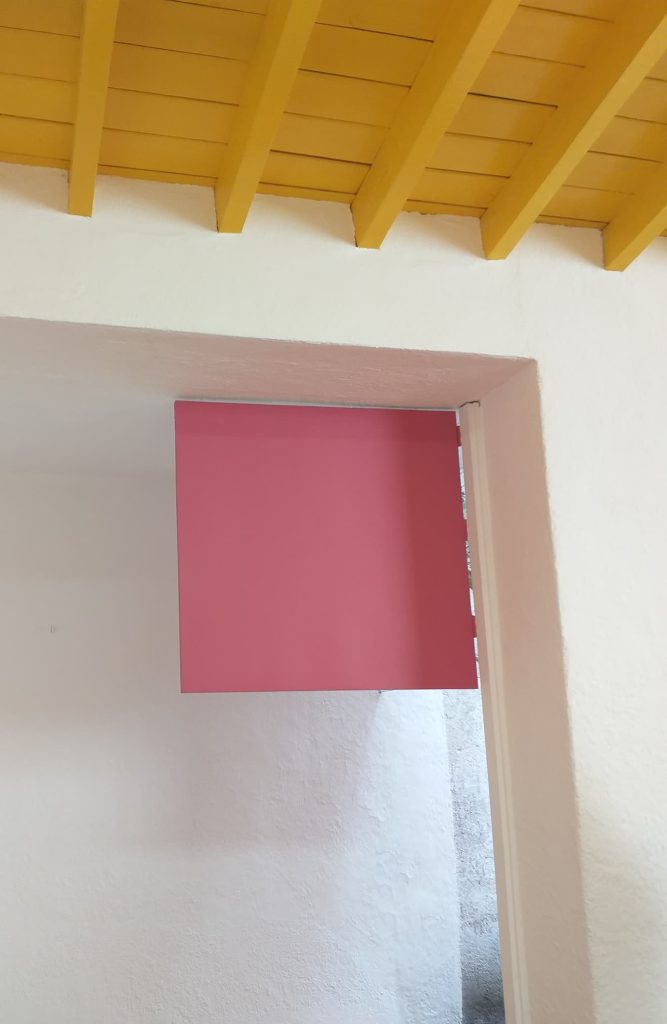
Luis Barragan’s creations are breathtaking in their simplicity and luminosity.
“keep it simple” as much as “build it simple” is extremely difficult. Superfluousness and lack of attention to detail are ways of hiding the essential, but it’s obvious that Barragan never resorted to this subterfuge.
Mexican to the core, this man was intrinsically linked to the international architectural movements of his time. This blend of different currents enabled his work to be expressed with a very unique signature. When Europeans such as Le Corbusier and Mies van der Rohe reduced building forms to their essence, “white” proved to be the best shade for them, the one that magnified minimalism and gave it elegance. Barragan embraced the purity of his contemporaries, but did not follow their chromatic trend. The vibrations of his native Mexico inspired him and the luminous pinks, yellows and blues colonized the walls of his creations like so many splashes of intense, primitive joy.
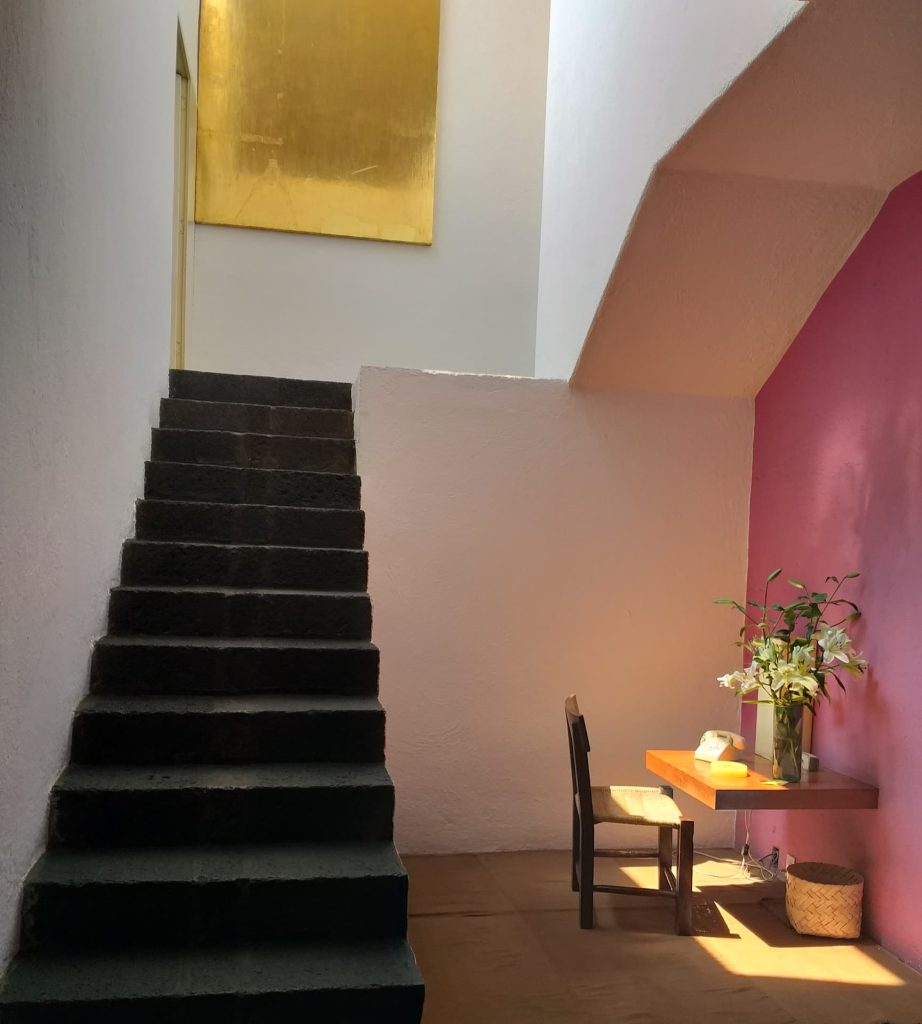
There’s a paradox in the influences this man has received because they are almost antinomic at first glance.
He was born in 1902 in Guadalajara, in the state of Jalisco. The traditions of this state have transmitted to the world the exuberant and cheerful image of Mexico, from tequila to the costumes of the mariachis with their sombreros. However, Barragan retained his patrimony above all from his family’s hacienda in the Mazamitla countryside. Here, he was imbued with the colors of the land, the vegetation, the landscapes, the horses and the pure waterfalls that took root in him, waiting to be revealed.
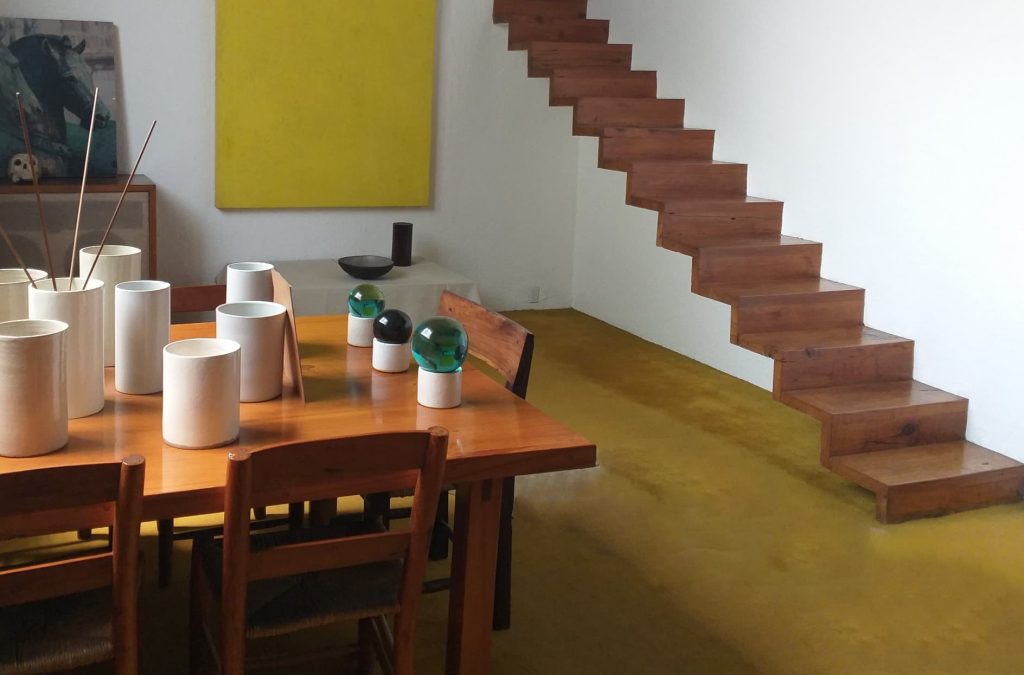
After completing his degree in engineering at the age of 23, he taught himself architecture, notably through his travels in Europe. He was most attracted to the Mediterranean, especially Greece and Spain. It was his friendship with Ferdinand Bac that enabled him to synthesize all these discoveries. Bac was an extraordinary character. A cartoonist and writer, he became a landscape architect at the age of 50, and created some of his finest works on the French Riviera, of which only the Jardin des Colombières in Menton remains today. Bac allows Barragan to weave the threads of incompatibility.
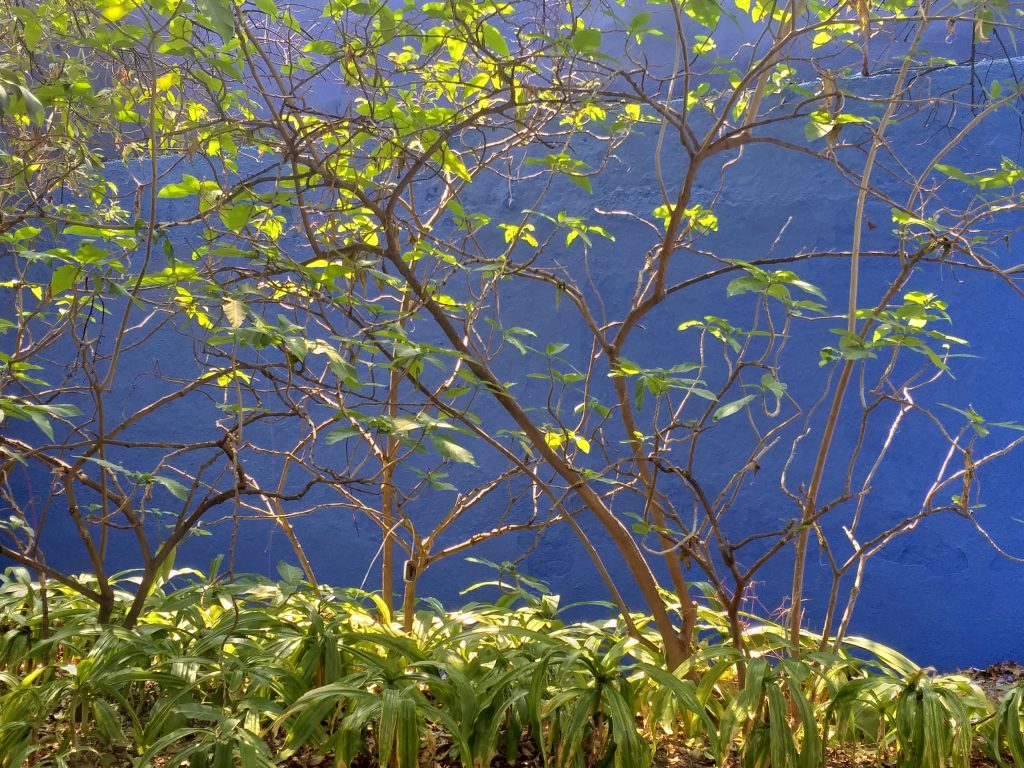
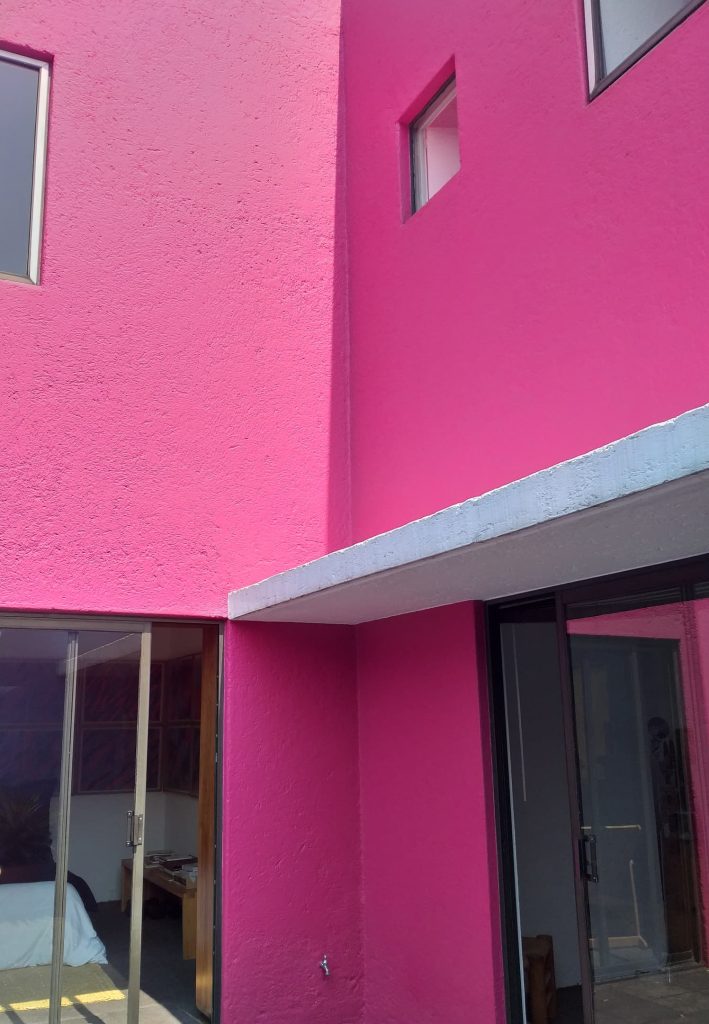
While Barragan admires the modernist architecture of Le Corbusier, it’s impossible for him not to be moved by the Alhambra in Granada, nor to feel the powerful call of the surrounding nature. Could we say that Ferdinand Bac liberated him by allowing him to express himself as he wished, with his own personality and without having to make choices? Everything can be reconciled, as long as sincerity and sensitivity are expressed.

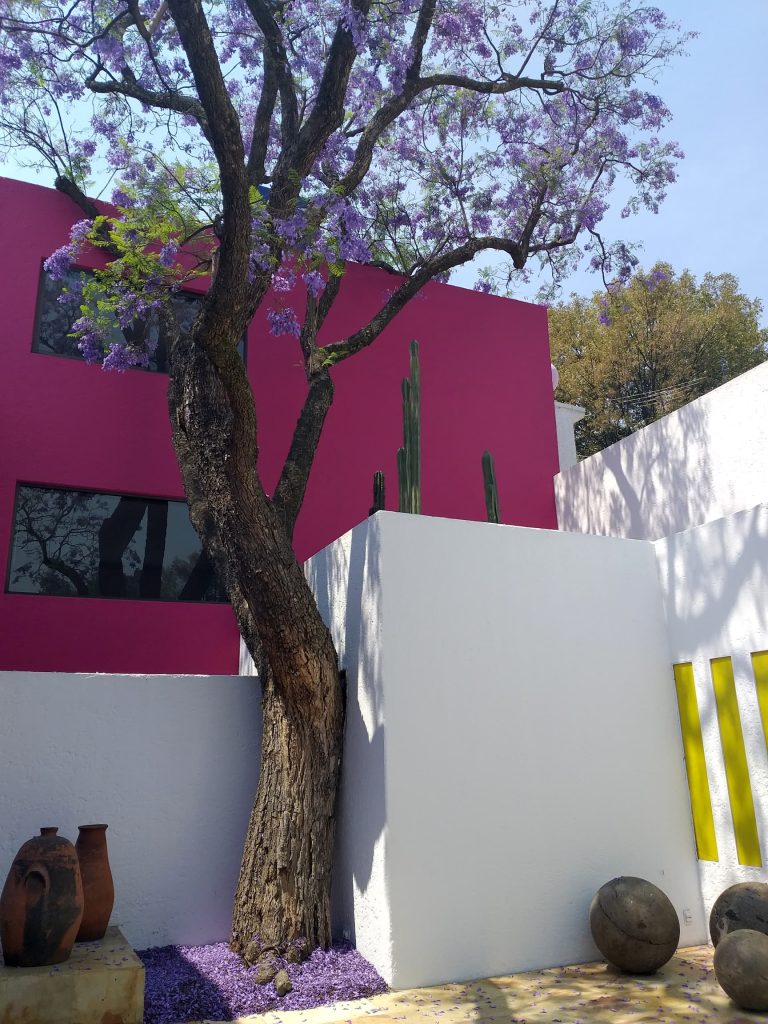
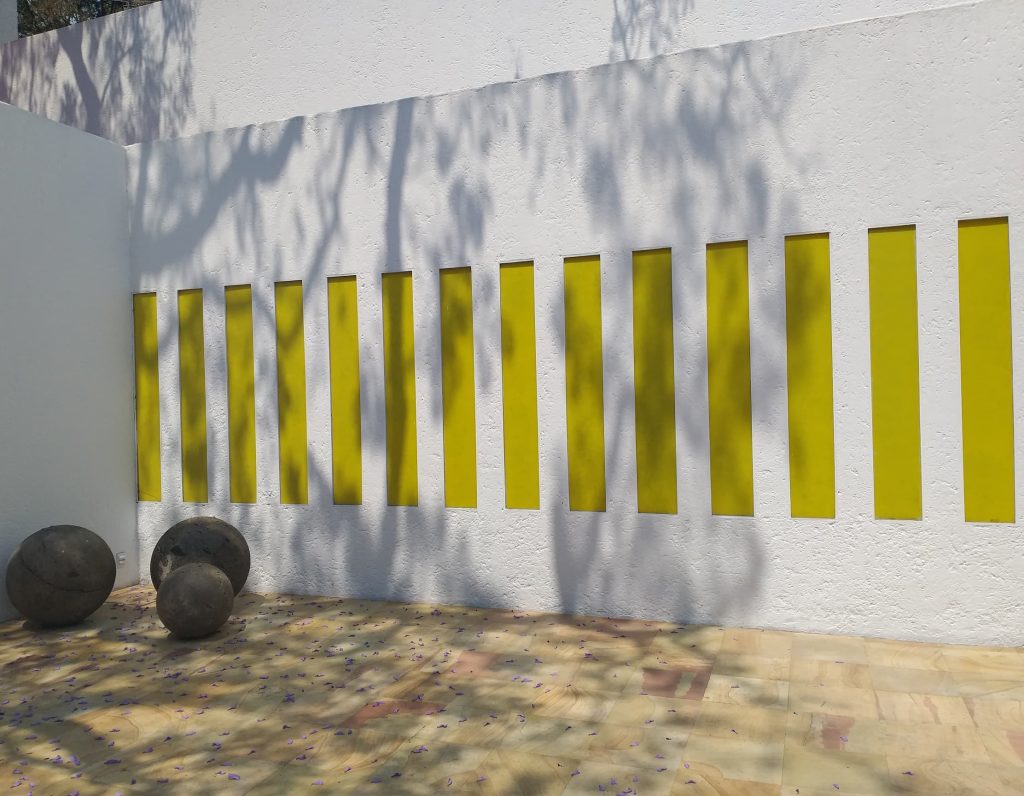
Barragan applies with talent the foreign loot he brings back to his homeland. Modernity is the main thread, the backdrop. He adds the colors of his native land, the interiors and exteriors of Arab-Andalusian houses, the glimpse of a garden and the intensity of controlled light. The colors chosen are the most intense and bold available – those that don’t lie and that speak “Mexican”. He uses them with aplomb and affirmation, like a manifesto. They are the indispensable partners in his pared-down, efficient and incredibly seductive architecture. They trace the path from one room to the next, invite contemplation, surprise where least expected, underline nature or precede it, are facetious or solemn, like an artist’s muse.



Barragan is an architect-artist, a builder-poet, a magician of light. Colors inhabit him. He knows them, studies them and loves them. It’s said that with his friend, the painter Jesús Reyes Ferreira, he debated and discussed colors bitterly for days, months and even years!
His mastery of color is his ultimate hallmark. It has enabled him to perfectly integrate the modernity of his time without losing what drives him, with a body of work eminently linked to Mexico without ever being folkloric.
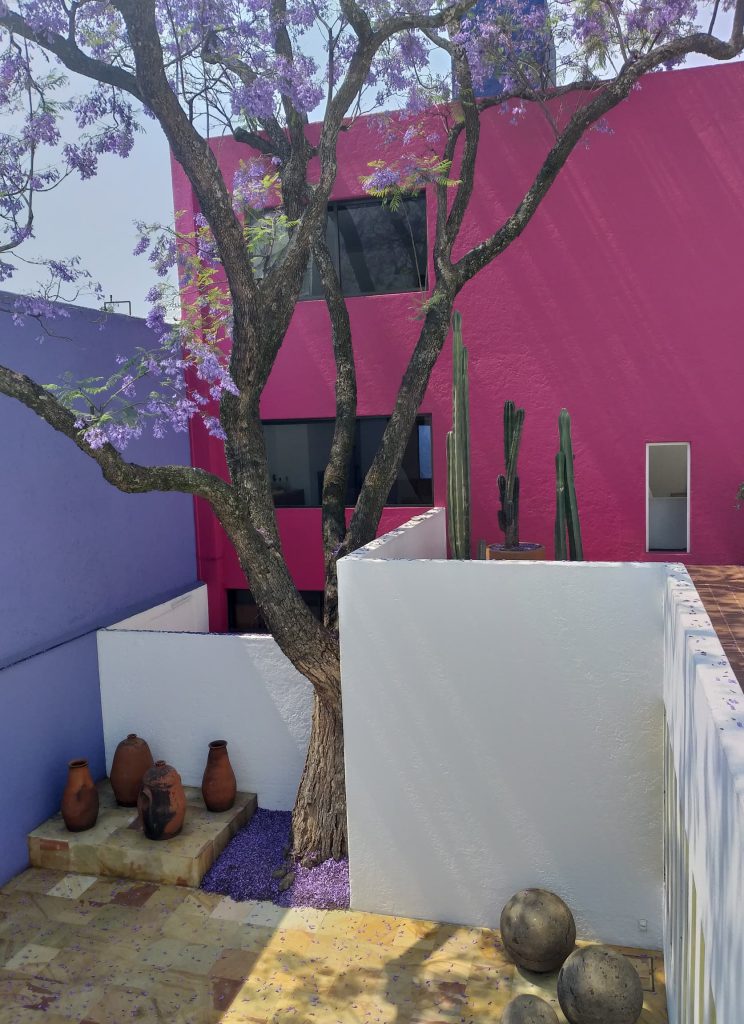
Faced by one of his creations, there can be no confusion; what is “Barragan” is immediately recognizable. Perhaps also because his architecture has a unique spiritual dimension. This pious perfectionist had the power to build places that were soothing and joyful, intimate, sparkling and elegant, places that speak to the souls of those who inhabit them.
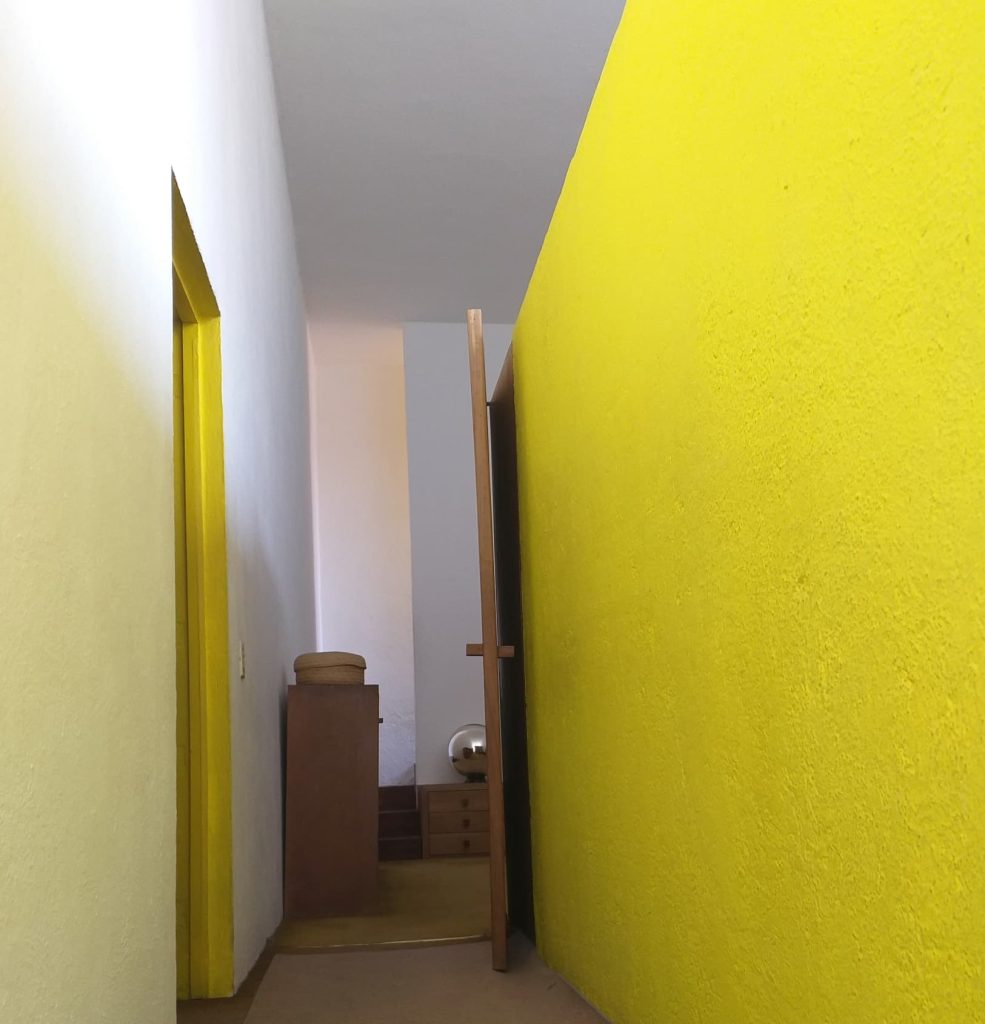
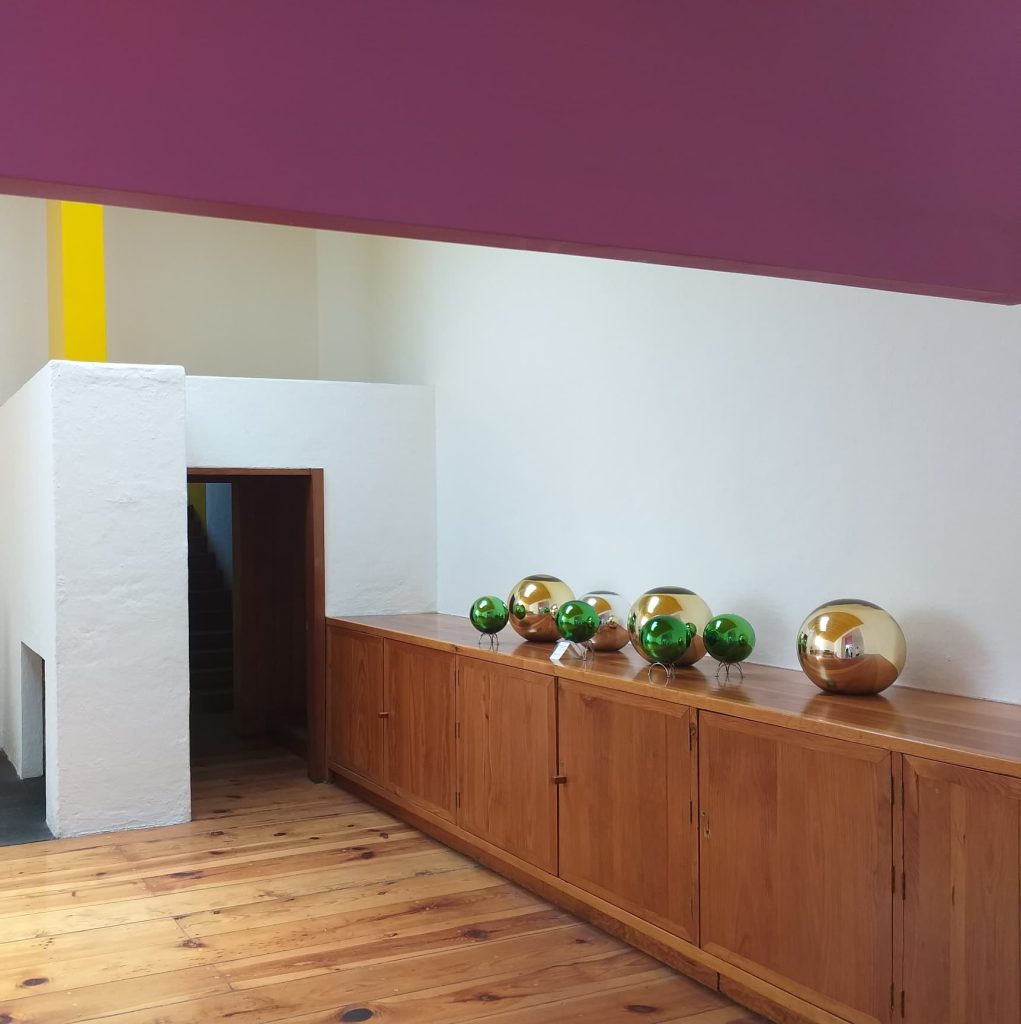
One slips into Barragan’s brilliant yellows, pinks and blues as if into a traditional Japanese bath, purifying the mind by using the body as a pretext. Indeed, there’s nothing more serene than this light-filled architecture. Its simplicity is breathtaking, cleansing and illuminating. Faced with the juxtaposition of such colors, one might have feared the worst. Instead, Luis Barragan’s genius reveals the best.
Text by Claudia Gillet-Meyer and fotos (taken in Casa Barragan and Casa Gilardi in Mexico City) by Régis Meyer.
More Informations :
Foundation Barragan : https://www.barragan-foundation.org
The Mexican pink : https://histambar.com/en/blog/pink-yes-but-mexican-pink/




